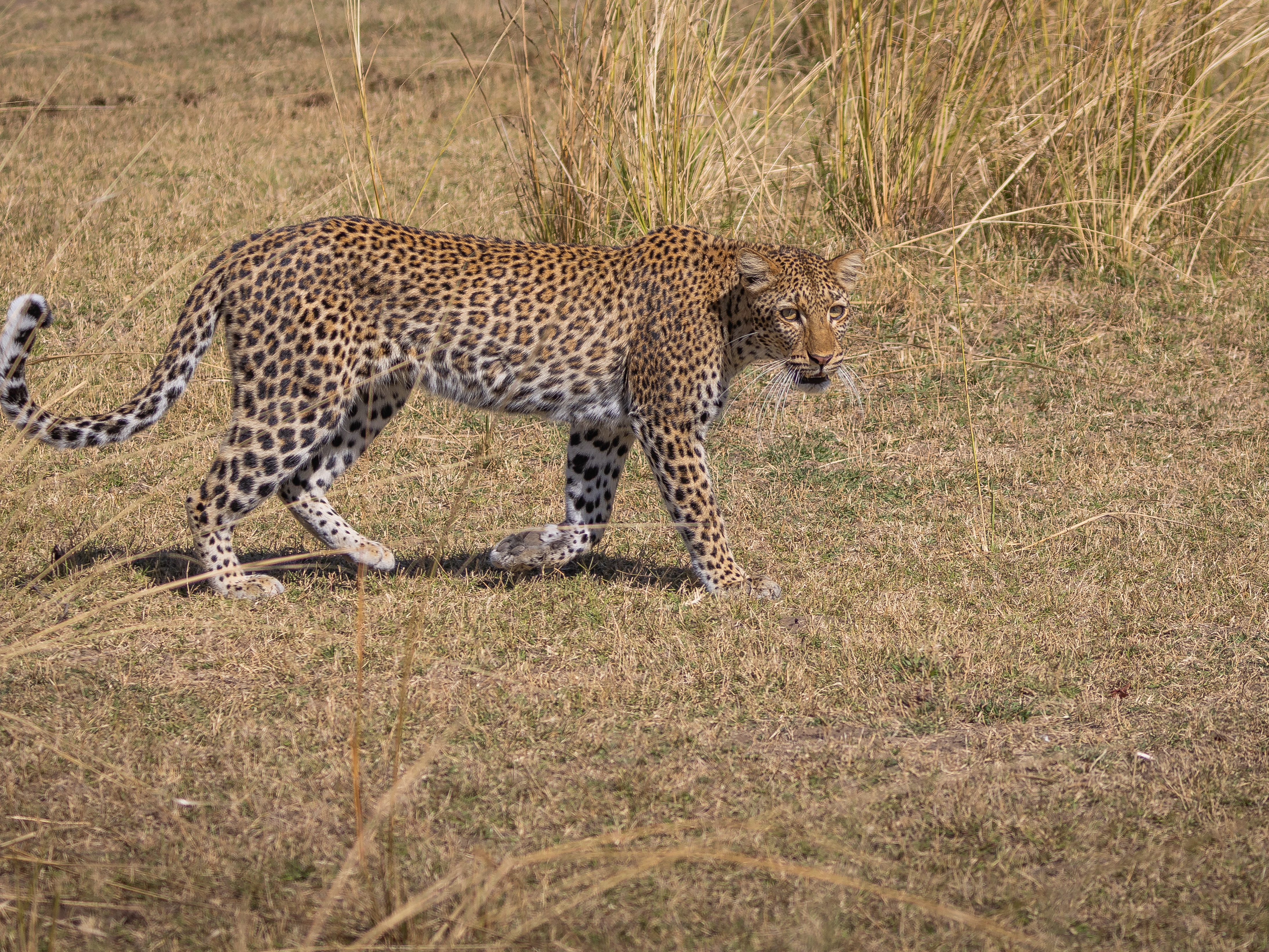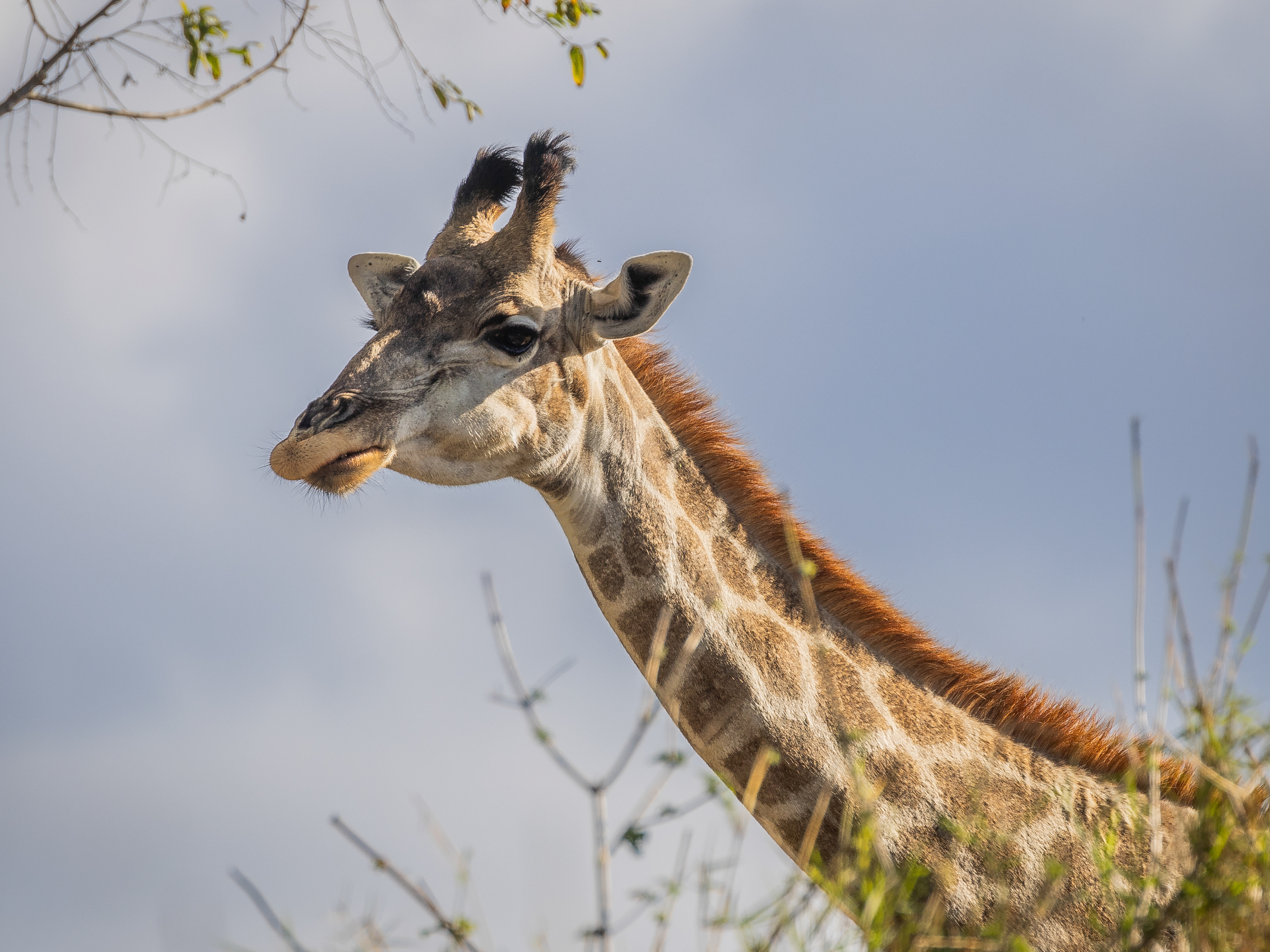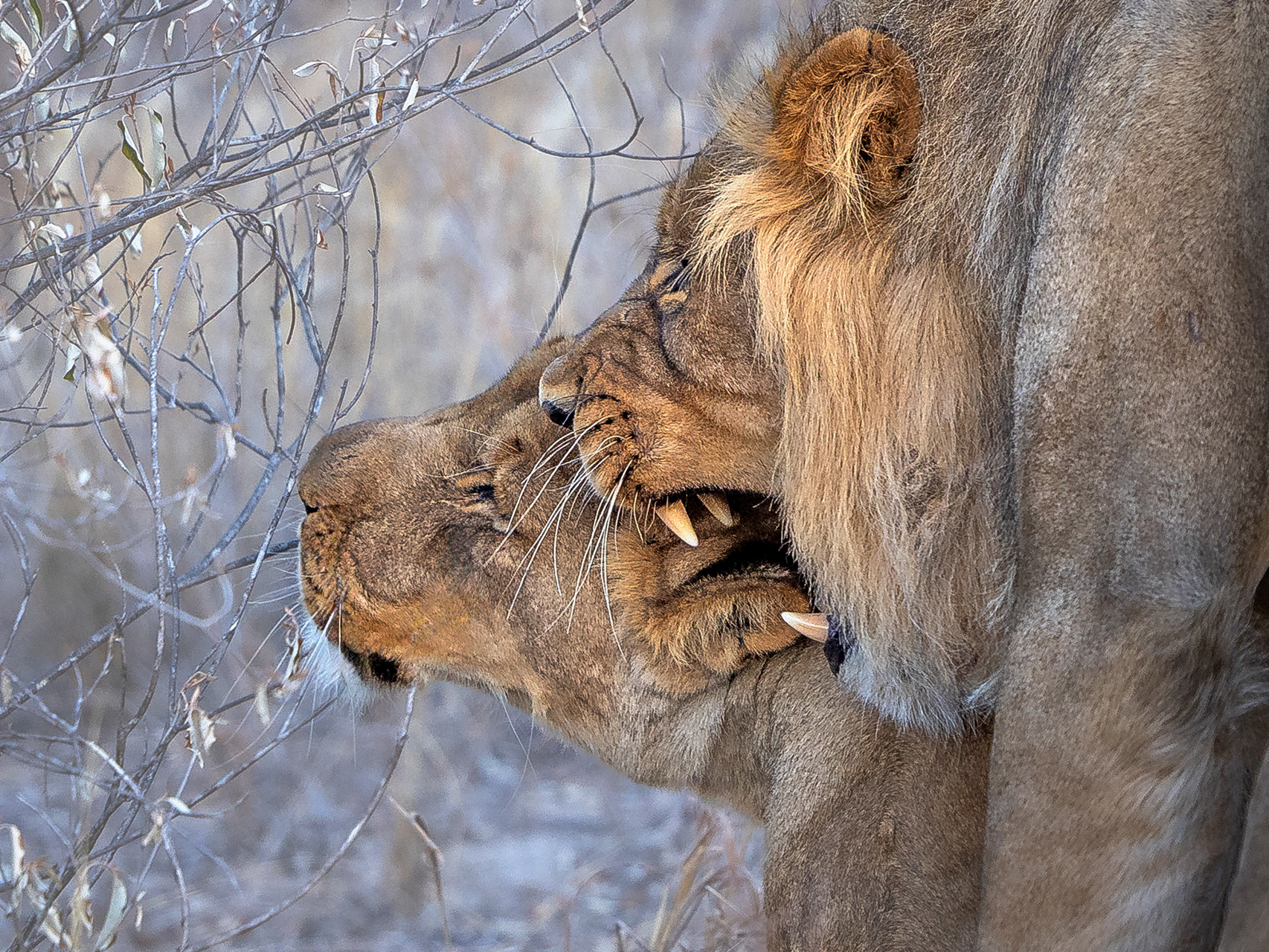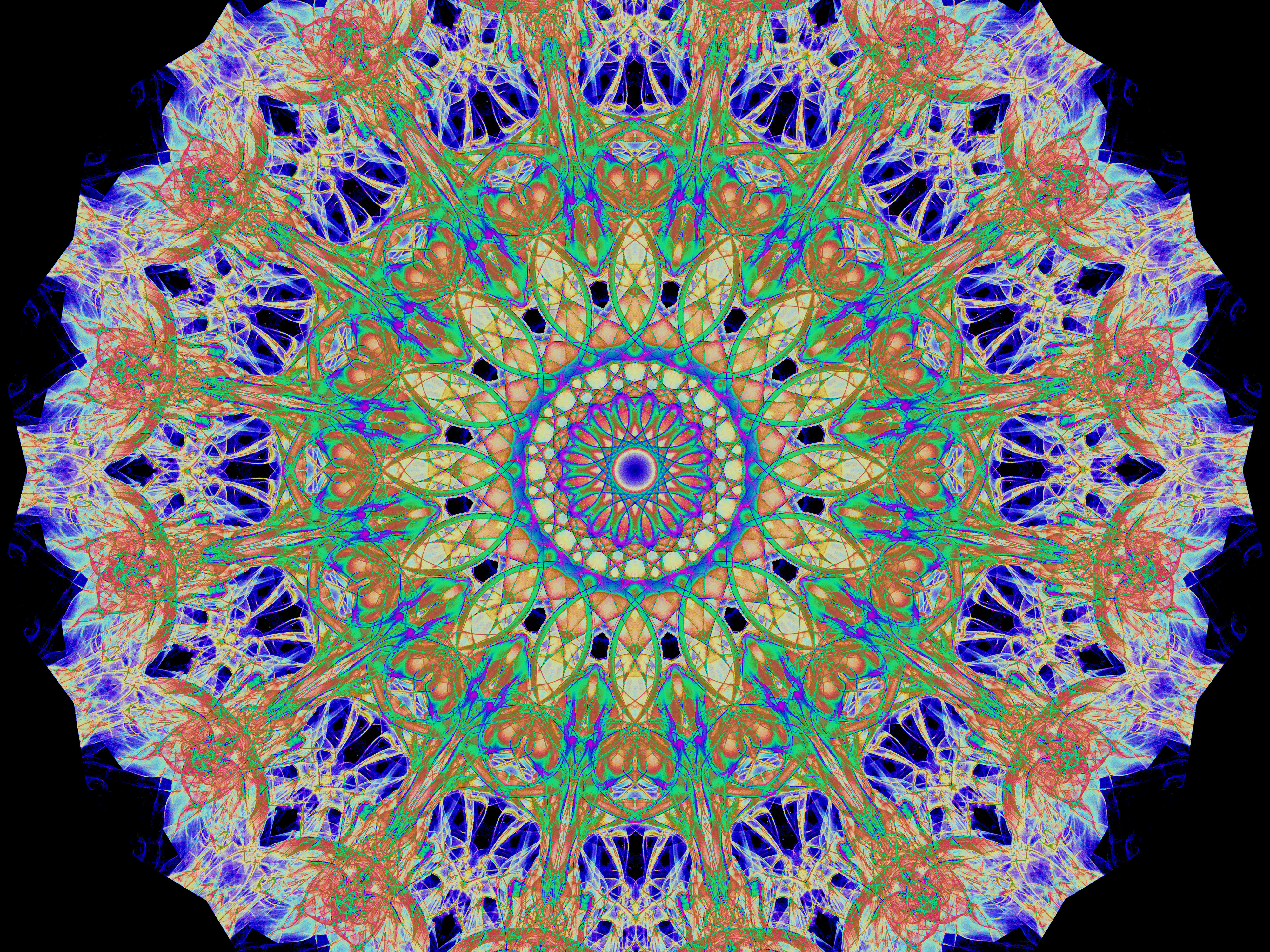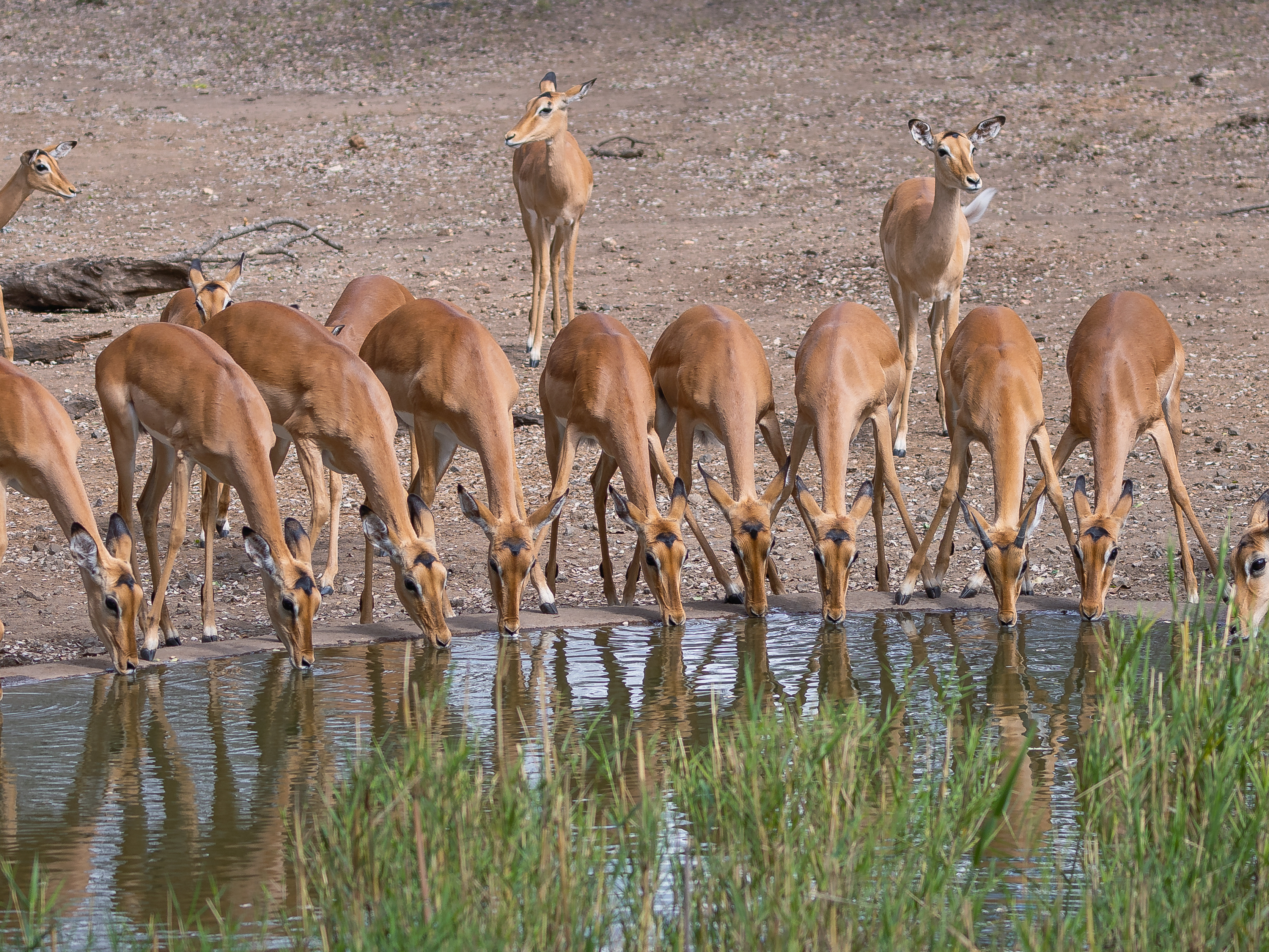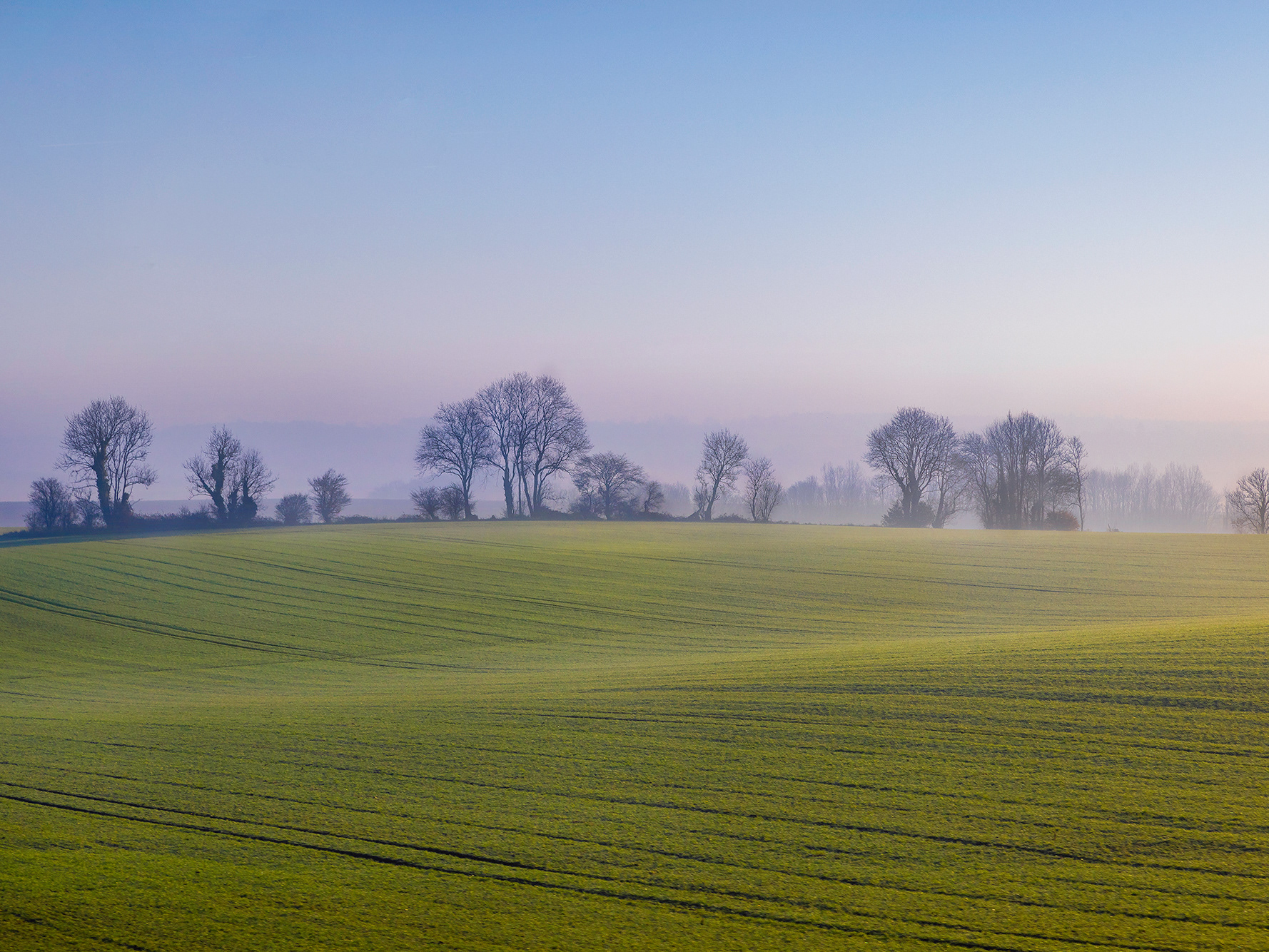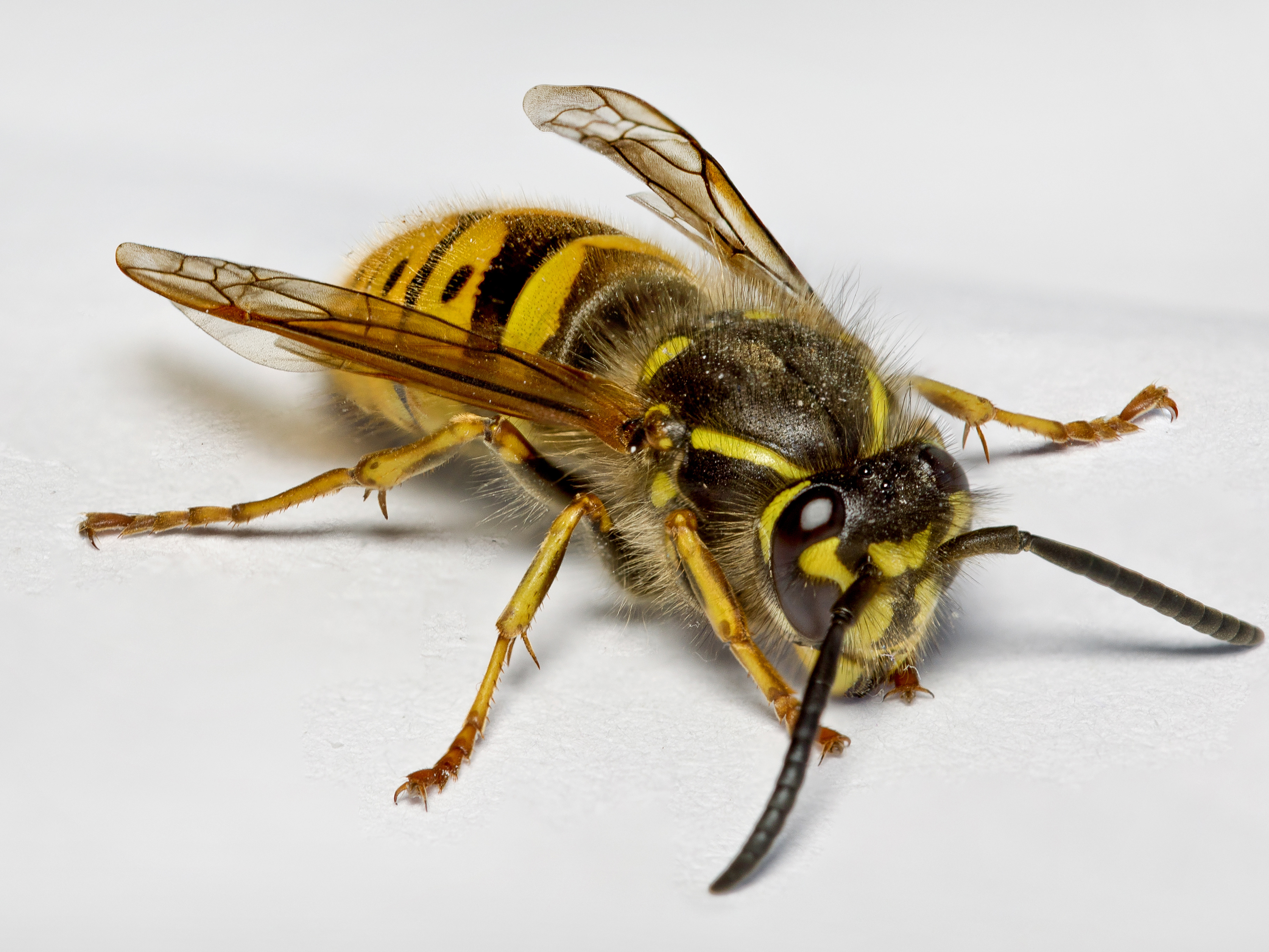After gaining my LRPS distinction in June 2018, I gave myself two years for the next step: the ARPS. As with so many other things, life got in the way. My dad's health went downhill and he needed a lot of care before he died in 2019. Clearing his house and possessions followed, and then of course the Pandemic started, so any thought of working towards my ARPS was shelved.
What is ARPS?
Screen print from the RPS website
ARPS is the second level of distinctions awarded by the Royal Photographic Society (the A stands for Associate).
The Associate distinction requires applicants to submit a body of work/project consisting of 15 images and a written Statement of Intent and a Presentation Layout. The images must be of a high standard.
At this stage, creative ability and personal style (what makes your work unique to you), along with complete control of the technical aspects of photography must be evident. It is at this level that you can first choose to submit your work to a particular category. For me, the choice is easy: Visual Art. It is described thus on the RPS website:
"Photography produced to fulfill the creative vision of the photographer in expressing and sharing perceptions or emotions. Your portfolio should present a cohesive visual statement on your chosen subject or subjects, communicating a clear personal vision or style, and sharing a sense of design, emotion, mood or meaning which encourages the viewer to look beyond the subject."
23rd June 2021
Having been gently prodded by a friend, I impulsively book my Advisory Day (and Assessment Day) before I have a chance to change my mind. With the pandemic still in place, both the Advisory Day (in September) and the actual Assessment Day (December, the first one available) will be conducted via Zoom and I will have to submit digital images rather than print. Not ideal, but it is what it is.
As seen on the RPS website
3rd July 2021
Time is getting on and I really need to get my finger out to sort out which images I want to include, an order for my panel, and four spares. But first things first: I need to calibrate my monitor as I have a brand new all-singing, all-dancing PC, and I know my screen is now showing too bright.
5th July 2021
Having calibrated my screen, I feel really enthusiastic about this. When I booked the Advisory day (a great opportunity to have your portfolio looked at by members from the judging panels who will give advice on whether or not your images meet the specified criteria), I was torn between two different sets of images. On a whim, I decided to book TWO places on the Advisory day, so that the judges can advise me on which of the two portfolios I would stand a better chance with. They will also give constructive criticism and feedback on each individual image, so they suggest you submit 15 images for the Advisory Day, plus another four in case some are not quite up to scratch.
My original choice was a series of photos I took a few years ago with oil on water creating different shapes and patterns. I have a number of these to choose from and being totally abstract, there are fewer areas for criticism.
The second choice is my Diminutive Dave, who became everyone's hero on Facebook during the first lockdown. The concept and execution are so very different, but I am aware that I have a lot of work to do on the technical aspects of each image before they are up to ARPS standard.
19th July
I fear that I have bitten over more than I can chew, with having to get two sets of images ready for the advisory submission day, which is the 22nd August. That is 15 images for each portfolio, plus four spares; a total of 38 DPIs.
The Oil on Water series needs more work than I initially thought, but it is also the one more likely to stand a chance of being accepted, so I concentrate on that now. I zoom in to 300% on each image to remove all the stray bubbles and any dirt on the water surface. Each bubble is done individually, mostly using the Spot Healing Brush in Photoshop.
Removing stray bubbles - before
Removing stray bubbles - after
Illustration showing the size of the area I was working on above
Below you can see one of my images in full, with the before and after.
Before
After
It may be tedious, time-consuming, and very detailed work, but I am finding it surprisingly relaxing and even therapeutic.
Even with my new powerful machine, Photoshop keeps crashing after using the spot removal tool for a while (no other actions seem to be affected), until I increase the Cashe Levels in Preferences. Each image is taking me around 10 hours to perfect (apart from the stray bubbles, I also make sure they are all of equal sharpness and noise level – or rather lack of), although I am concerned that some appear to show signs of banding. I am struggling to find a way of getting rid of that, as neither Topaz AI Clear nor their DeNoise program appears to make a difference. I can remove it by converting the image to 64-bit, but then I can't save it as a jpg.
20th July
After watching several YouTube videos, I finally think I found a way of removing the banding. By converting the image to 16-bit, I am increasing the number of tones per colour from 256 in 8-bit, to 65,536. And I can still save as jpg. I then add a small amount of noise (1.2), followed by Gaussian blur at 0.3; making sure all the images have the same amount added.
I am not sure how well you can see it, but the purple bubble on the left is showing some serious banding.
Here with the banding removed.
I have now finished the first 15. At least for now. I want to see them on a big screen next. By 'big screen', I mean the pull-down projector screen which David uses to watch football matches on., some 6ft wide.
23rd July
Watching them on the big screen we pick up a number of small issues, which I make a note of and go back into Photoshop to correct.
6th August
Chatting with a friend who gained her ARPS earlier this year, she makes a comment about how the judges seem to prefer a concise Statement of Intent, so I decide to re-write mine.
18th August
Re-visiting my portfolio for the first time in nearly a month, I see it with completely different eyes. The first thing that strikes me is the apparently limited range of colours, so I decide to change the hue of four of the images. I also feel that two others need to be changed, so I go about editing four completely 'new' DPIs. Talk about making extra work for myself! I had also forgotten that I needed four spares. I decide to use one of the images I rejected as a spare. I think I am now just about ready.
Wrong.
I later come across two more unedited images that I think will fit into the panel better. Back to square one.
Original layout
Revised layout with the changes as described above.
21st August
OK, I am now just about ready, and today I submit my images to the RPS for them to assess on an Advisory day and give me feedback as to what works, what doesn't, and what might need a slight change before it is ready.
5th September
The ARPS Advisory day is being held via Zoom as a result of the Covid-19, which actually makes it slightly less intimidating. I also think that because I know the format of the day, having gone through it when I gained my LRPS distinction, it helps to calm my nerves. Less of the 'unknown' thrown in.
I am second up.
There are several sections of criteria that have to be met for a panel to be awarded the ARPS distinction, the scoring of which is shown below.
Explanation of scoring
First of all my Statement of Intent.
Criteria
A Statement of Intent that defines the purpose of the work, identifying its aims and objectives. You are allowed no more than 140 words, and a word count has to be inlcuded.
The creative powers of water
I want to showcase the amazing artistic effects that I created with a simple formula of water, oil and washing-up liquid, using a shallow glass bowl, brightly coloured patterned paper and a macro lens.
Through refractions, reflections and distortions; I was able to produce captivating and ever-changing kaleidoscopic formations that were difficult to tame and impossible to recreate. I was fascinated how the constantly changing patterns evolved and took on unpredictable shapes and forms of their own accord, as they acquired a myriad of vivid colours from the paper.
Wanting my ARPS panel to be a learning curve, I enjoyed experimenting with different apertures, distances between the water and the coloured paper, and photographing with or without the soap, in order to discover the various results that were created and the effect refracted light had on the patterns.
Word Count = 139
The assessor liked it apart from the one sentence 'wanting my ARPS panel...' suggesting I change it to 'I want this body of work...' as he said it otherwise smacked of desperation. Fair enough.
Score 3
~~~~~~~~~~~
Criteria
A cohesive body of work that depicts and communicates the aims and objectives set out in the Statement of Intent.
Assessor's thoughts:
"A very colourful, high impact panel that communicated the aims and objectives of the panel. There were just a few reservations regarding the suitability of image 8, it being a very simple design and not exhibiting the same level of detail as the others. I also suggested images 7 and 9 have their colour hue and saturation adjusted to match those above and below."
Score 3
~~~~~~~~~~~
Criteria
A body of work that communicates an individual’s vision and understanding.
Feedback
"Overall I felt Grete's panel did communicate an individual's vision."
Score 4
~~~~~~~~~~~
Criteria
A high level of technical ability using techniques and photographic practices appropriate to the subject.
Feedback:
"Technically the panel was perceived to be of a very high standard."
Score 4
~~~~~~~~~~~
Criteria
An appropriate and high level of understanding of craft and artistic presentation.
Feedback:
"Grete has made an excellent start to her Associate journey and I have every confidence that once the issues above have been resolved she has a good chance of success."
Score 3
~~~~~~~~~~~
Once he has finished appraising my images, I stay on to hear his feedback on the other panels, which is interesting. Some are deemed to be almost ready, like me, while four applicants are told to go back and take more pictures or even re-think their entire panel.
Overall I feel very encouraged by his comments, and as soon as I come off the Zoom call, I get down to implementing the changes he suggested. I then 'file' the images away ready for submission to the actual assessment.
The final panel
7th November
Before submitting the images, I make a couple of minor changes to the Statement of Intent, then send the 15 images, a copy of the Statement of Intent, the Hanging Plan, the feedback form from the Advisory day as well as my Submission Details. Now I have three weeks to wait for the day.
On the day (1st December 2021):
Under normal circumstances, the assessment would take place in the RPS HQ in Bristol, with an audience made up of applicants and spectators. But with the Covid-19 pandemic still very much lurking in the shadows, today it is all carried out via Zoom. At least that means I can have an emotional breakdown without anyone else realising.
My panel is the second one shown. As the chairperson sums up the comments on the previous applicant's panel, I feel the cesspit of insecurity draw me in and I worry that I am not ready to have my images metaphorically torn asunder.
First, the presentation layout of my panel is displayed on the screen as my Statement of Intent is read out, then each image is shown for seven seconds before moving on to the next (this is then repeated with the whole portfolio displayed twice). It may only be around four minutes in total, but the unnerving silence envelopes me with dread and tense anticipation at the fastidious scrutiny my images are receiving from the judges at this time.
Thumbnails are then left on the screen while a decision is made. The chairperson asks the judges for their first vote. The applicants at home do not see their decision (nor would we if this had been held in person)
More deafening silence.
The first judge is asked to comment on the panel and I hold my breath, bracing myself for the onslaught of criticism. Slowly I start to relax a little, and my frown turns to a huge grin as I hear comments like:
“This panel made me smile with its candy colours, mini planets and strange galaxies”
“This panel made me smile with its candy colours, mini planets and strange galaxies”
“Visually satisfying”
“Uplifting”
“Good balance of colours and shapes”
“Especially like the curves in the four corners holding the panel together as if it is within a bubble”
“Technically extremely good, very smooth, no hint of noise or artefacts”
“Imaginative”
“Strong eye for composition”
“Very, very impressive panel, beautifully conceived”
“Whole panel works extraordinarily well”
By the time three of the judges have had their say and the chairperson has summed up their comments and added his own, I become acutely aware that not a single word of criticism has been uttered by any of them.
As a result, it comes as no surprise to me when I am informed that I have passed their stringent criteria and exacting standards to become an Associate of the Royal Photographic Society.
By now I am floating on a euphoria-filled bubble of happiness.
Grete Howard ARPS – looks good, doesn't it?
Grete Howard ARPS – looks good, doesn't it?
You can see all the images in my successful panel here.
